1. Friends and the Fat Monica Flashbacks
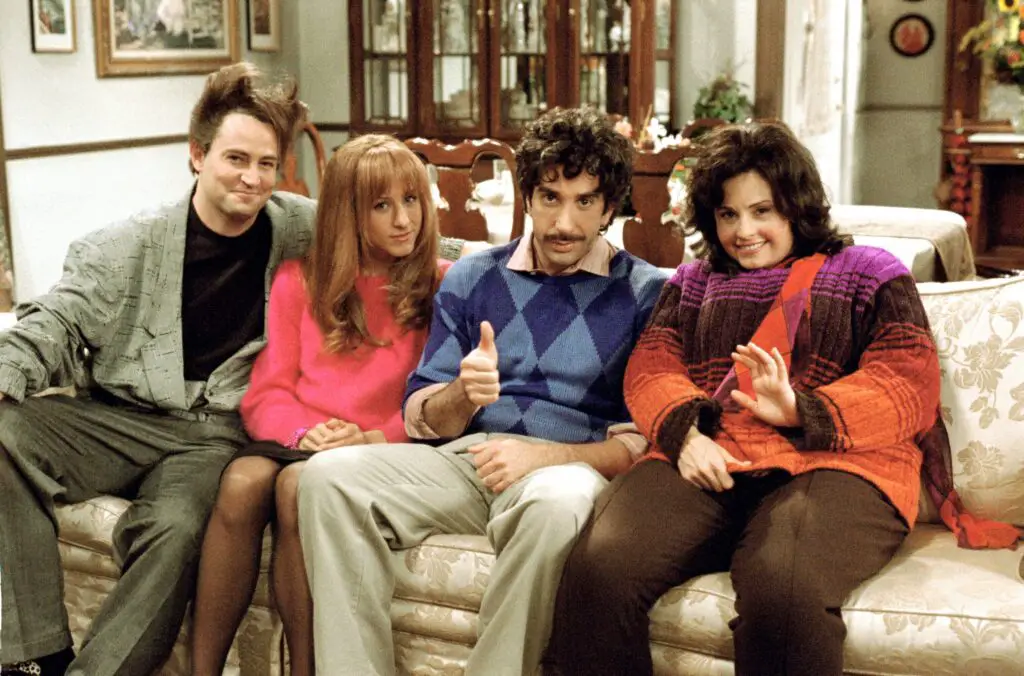
We all loved Friends, but the “Fat Monica” flashbacks haven’t aged well. Throughout the series, Monica’s past weight was constantly used as the butt of jokes, with exaggerated costumes and clumsy behavior played for laughs. While it got chuckles back in the ’90s, many viewers later pointed out how harmful those depictions could be, especially for people struggling with body image. It reinforced the idea that being overweight made someone unlovable or laughable shares Vogue.
As the show gained a new life on streaming platforms, younger audiences weren’t shy about calling it out. Social media blew up with threads and TikToks unpacking the fatphobia behind the jokes. Even Courteney Cox later admitted she had mixed feelings about playing that version of Monica. It’s one of those things that slipped by back then but definitely hits differently now adds BuzzFeed.
2. How I Met Your Mother and the Yellowface Controversy
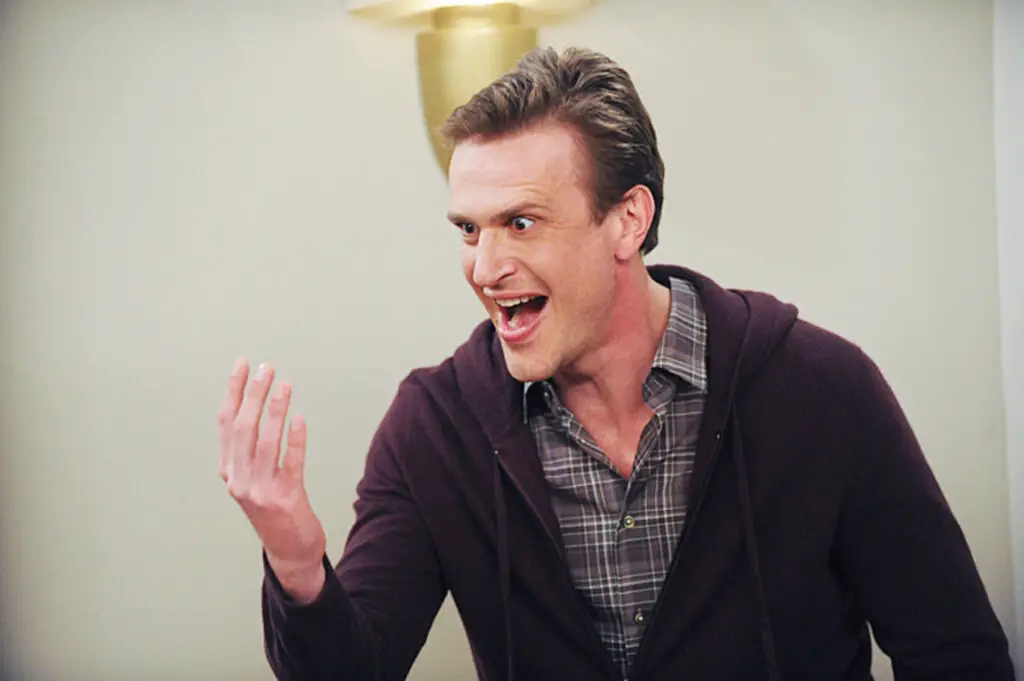
In an episode called “Slapsgiving 3: Slappointment in Slapmarra,” the How I Met Your Mother gang dons stereotypical Asian costumes while training for a slap bet. Sounds ridiculous? That’s because it was—and people were quick to point out the blatant use of yellowface and cultural appropriation shares Time Magazine.
The backlash was fast and furious, especially online. #HowIMetYourRacism started trending, and fans demanded accountability. The creators issued an apology, saying they were trying to parody kung fu movies but missed the mark. Even longtime fans had trouble defending it. It’s one of those storylines that many forgot, but once you hear about it, it’s hard to unsee explains US Weekly.
3. The Big Bang Theory’s Mockery of Autism Traits
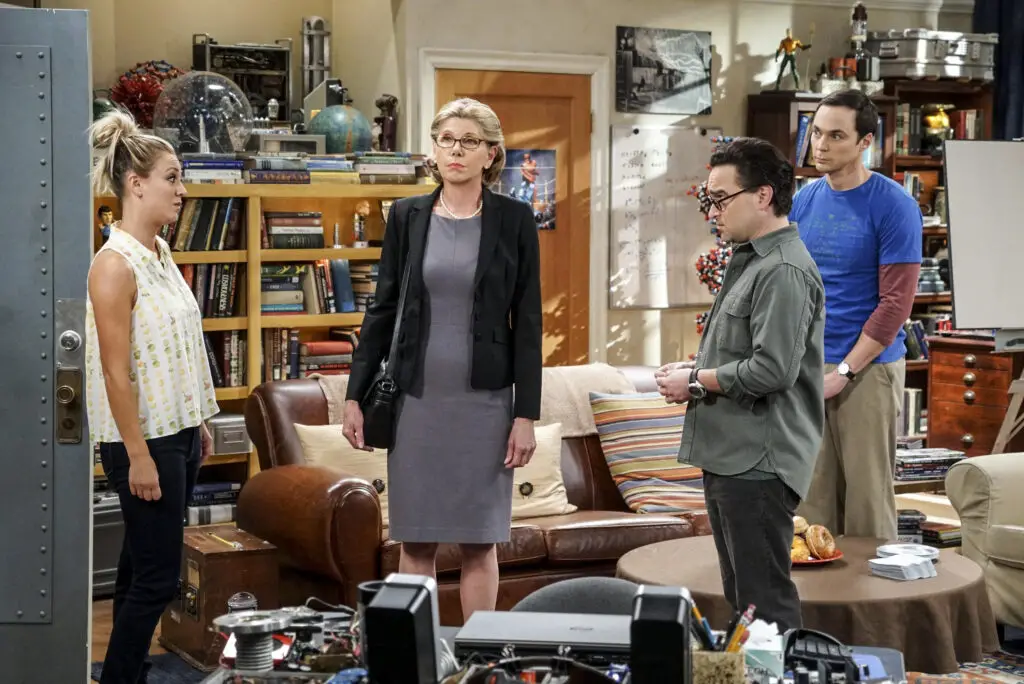
While Sheldon Cooper was never officially labeled as autistic, many viewers—and even experts—recognized his behavior as aligning with traits on the spectrum. The problem? Those traits were often exaggerated for laughs, turning real struggles into quirky punchlines.
Some advocacy groups spoke out, saying the show blurred the line between representation and mockery. Sheldon’s social awkwardness and strict routines weren’t treated with empathy but as something to ridicule. While the show was wildly popular, this particular criticism followed it for years. A lot of people now see the humor as less clever and more careless.
4. Modern Family and Cam’s Stereotypical Gay Persona
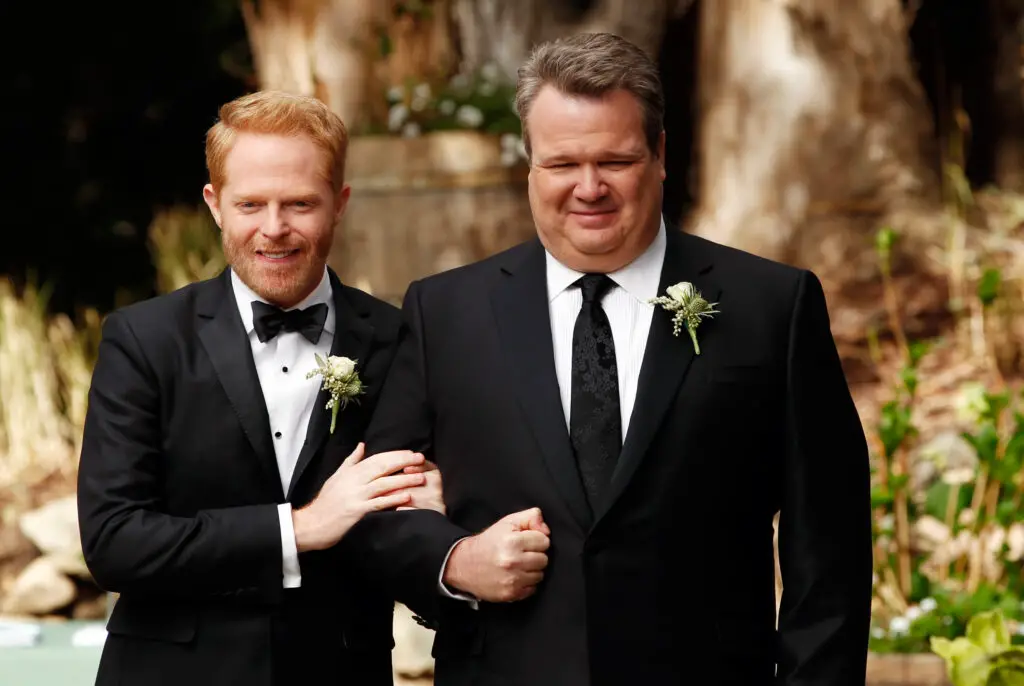
Cam and Mitch were trailblazers in some ways, showing a committed gay couple on primetime TV. But Cam’s over-the-top, flamboyant behavior didn’t sit right with everyone. Critics and LGBTQ+ viewers pointed out that it leaned into stereotypes rather than challenging them.
Cam was theatrical, emotional, and obsessed with things like theater and frilly costumes. While that’s a valid personality, it became his defining trait. Many felt the character reduced a complex identity into a punchline. The show meant well, but the execution often missed the nuance.
5. Two and a Half Men’s Endless Sexist Jokes

Charlie Harper was basically the poster boy for womanizing, and Two and a Half Men ran with that for years. The problem is, the jokes often punched down, painting women as either clingy, dumb, or disposable. It got laughs back then, but if you rewatch it now, it’s cringeworthy.
Feminist groups weren’t thrilled even during its original run, but social media wasn’t as dominant then. Once the show hit streaming, a new wave of criticism surfaced. Charlie Sheen’s real-life controversies didn’t help the optics either. It’s one of those shows people now say “hasn’t aged well” and for good reason.
6. Seinfeld’s Puerto Rican Day Parade Episode
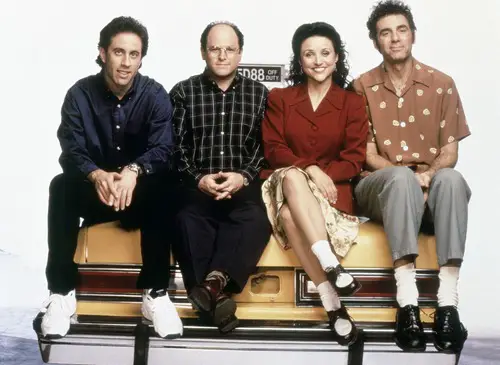
In the episode titled “The Puerto Rican Day,” Kramer accidentally burns a Puerto Rican flag and stomps on it trying to put out the flames. Cue outrage. Puerto Rican groups were furious, calling the scene disrespectful and tone-deaf.
NBC issued an apology, and the episode was actually pulled from syndication for a while. Fans were divided—some said it was satire, others said it was blatant disrespect. Jerry Seinfeld later defended the creative intent but acknowledged the backlash. Even one of TV’s most beloved comedies wasn’t immune to controversy.
7. The Simpsons and the Apu Debate
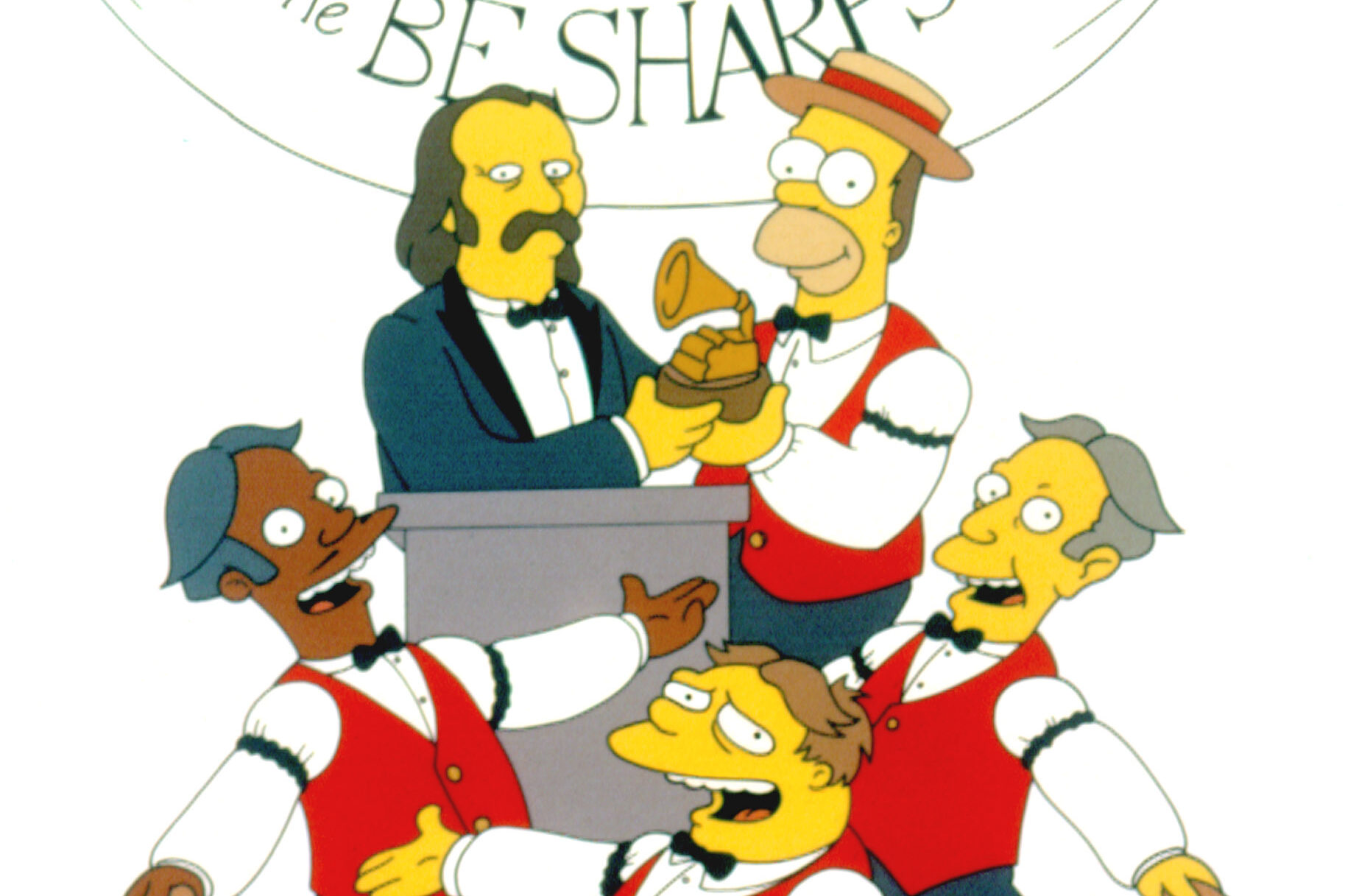
Apu Nahasapeemapetilon had been part of The Simpsons since the early days, but his character sparked a full-blown cultural debate decades later. Voiced by Hank Azaria, a white actor, Apu leaned hard into Indian stereotypes, from his accent to his job at the Kwik-E-Mart.
The 2017 documentary The Problem with Apu by Hari Kondabolu brought everything to light. Fans who had grown up with Apu suddenly saw him in a very different way. Azaria eventually stepped down from the role, acknowledging the harm. It led to a larger conversation about voice acting and representation in animation.
8. Glee’s School Shooting Episode
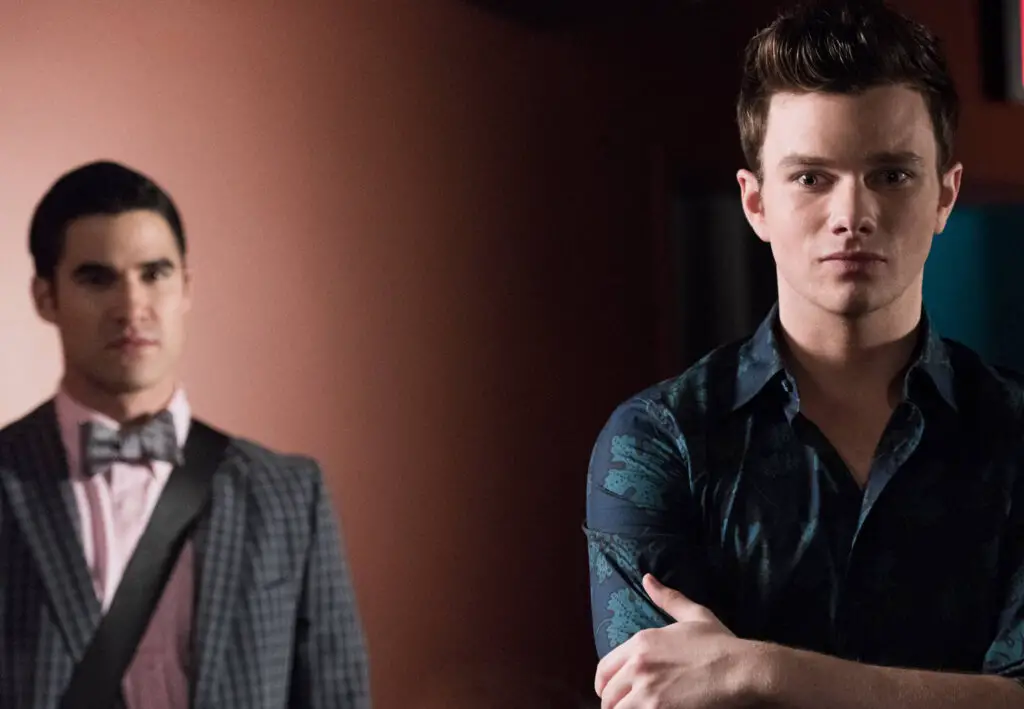
In Season 4, Glee aired an episode where the school goes into lockdown during a supposed shooting. It was a jarring tonal shift for a show known more for musical numbers than trauma. Some viewers appreciated the attempt to tackle a real issue, but others found it exploitative and triggering.
Parents and educators criticized the show for not offering content warnings or support resources. The abruptness of the episode left many feeling blindsided. Even cast members admitted it was emotionally difficult to film. It remains one of the most divisive episodes in the show’s run.
9. The Office’s Diversity Day
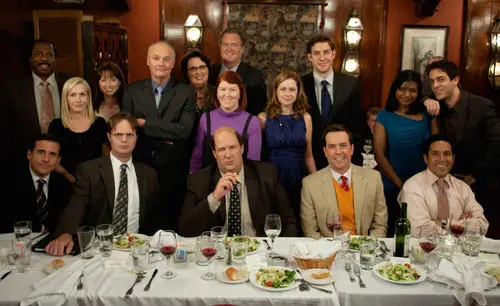
“Diversity Day” from The Office is considered iconic—but also deeply problematic. Michael Scott leads a diversity training workshop that spirals into offensive impressions and racial stereotypes. It’s played for laughs, but many felt it crossed a line.
While the episode was meant to satirize corporate insensitivity, some viewers missed the satire entirely. It sparked debates about what’s funny versus what’s offensive. Over time, people began revisiting that episode with more critical eyes. Even Steve Carell has said he doesn’t think the show could be made today.
10. Will & Grace’s Transphobic Humor

While Will & Grace broke barriers in gay representation, it wasn’t always kind to the trans community. Several jokes across its seasons made fun of trans people, reducing them to gags about body parts or outdated names. The show’s sharp wit sometimes came at the expense of compassion.
As conversations around gender evolved, these jokes started to look more harmful than humorous. LGBTQ+ advocacy groups called out the show for its lack of inclusivity. The reboot attempted to do better, but the damage was done. It’s a reminder that even trailblazing shows can miss the mark.
11. Three’s Company and Pretending to Be Gay
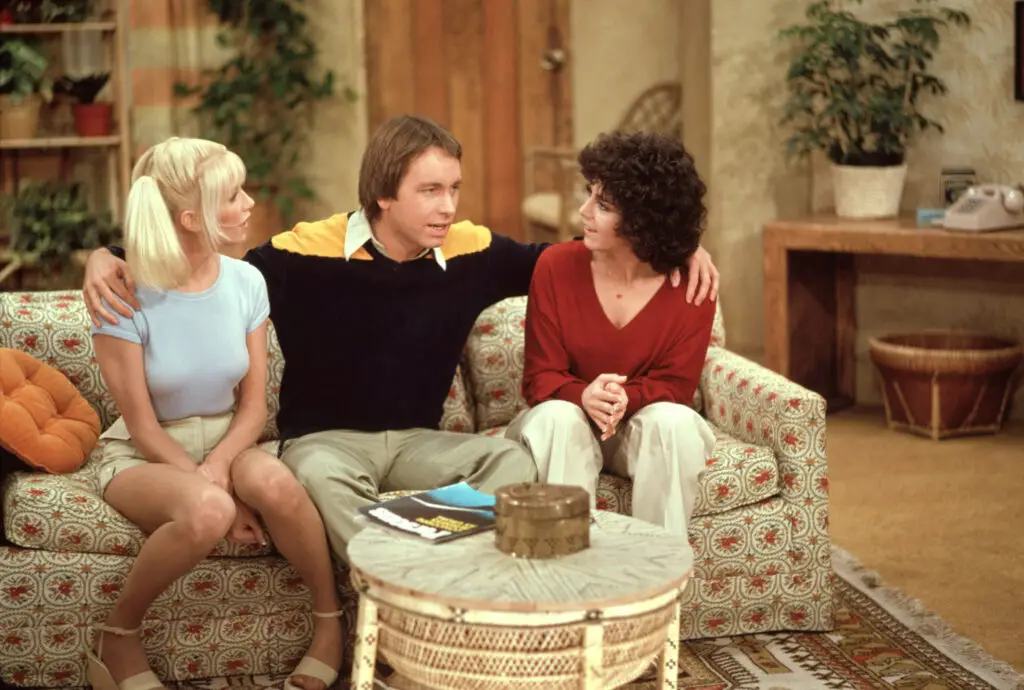
Jack Tripper had to pretend to be gay so he could live with two women in the same apartment—a premise that sparked plenty of giggles in the ’70s. But that setup also leaned heavily into gay panic humor. The idea that a man living with women needed to fake his sexuality was based on outdated norms and fears.
Critics today point out that it treated homosexuality as a joke or a cover-up rather than a legitimate identity. The show also reinforced stereotypes about landlords and morality. It was a product of its time, sure, but the premise doesn’t hold up in today’s world. What felt cheeky back then now feels tone-deaf.
12. Family Guy and the Terri Schiavo Episode
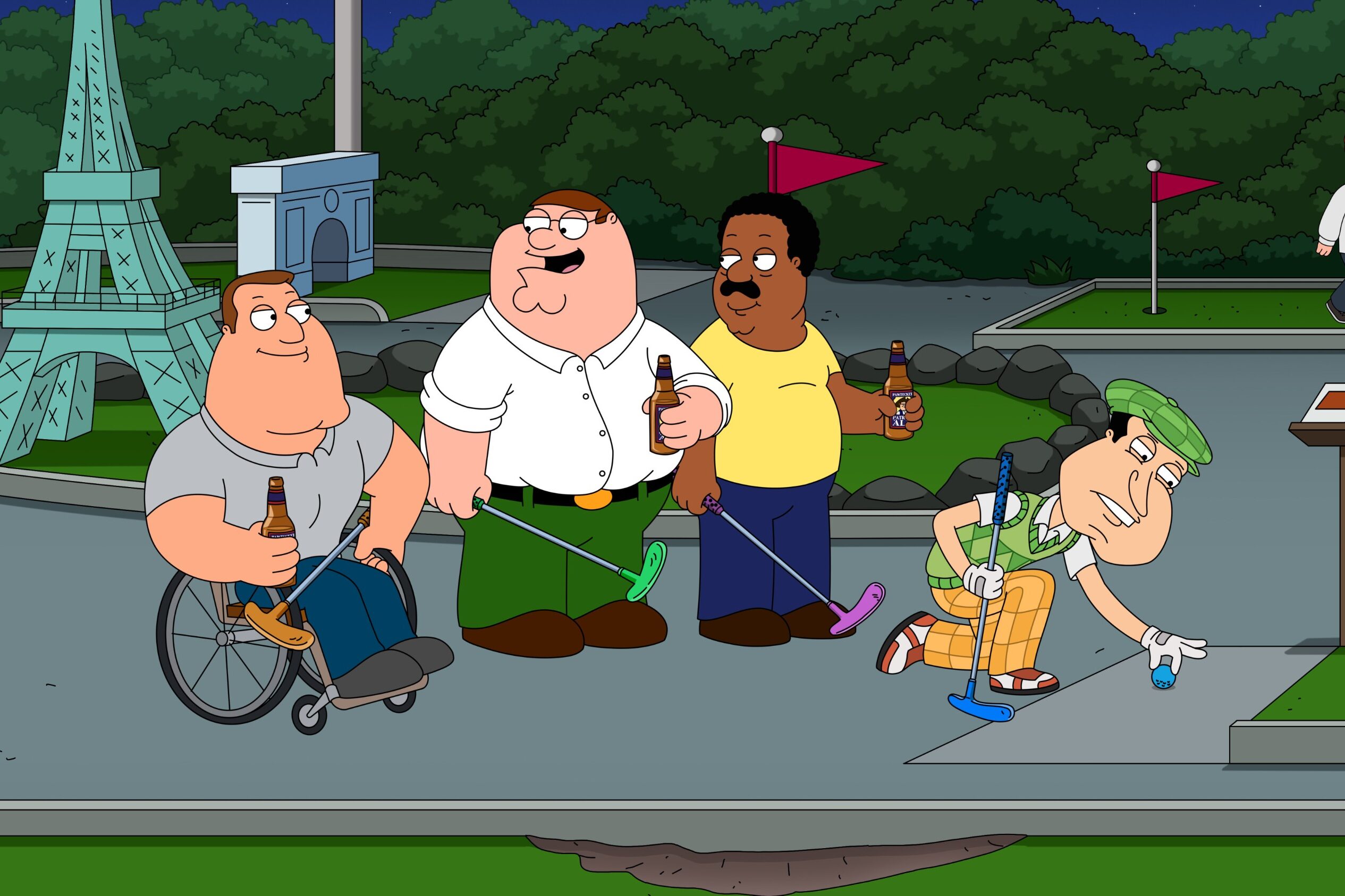
Family Guy is no stranger to controversy, but their episode mocking Terri Schiavo hit a particularly raw nerve. Schiavo was at the center of a national right-to-die case, and the show turned her into a punchline in a musical number. It aired while the real-life case was still fresh in people’s minds.
The backlash came from all sides—advocates for disabled people, religious groups, and just everyday viewers who thought it went too far. Seth MacFarlane defended the episode as satire, but many didn’t buy it. The moment is still cited as one of the most insensitive jokes on the show. Even by Family Guy standards, it shocked a lot of people.
13. Scrubs and the Use of Blackface
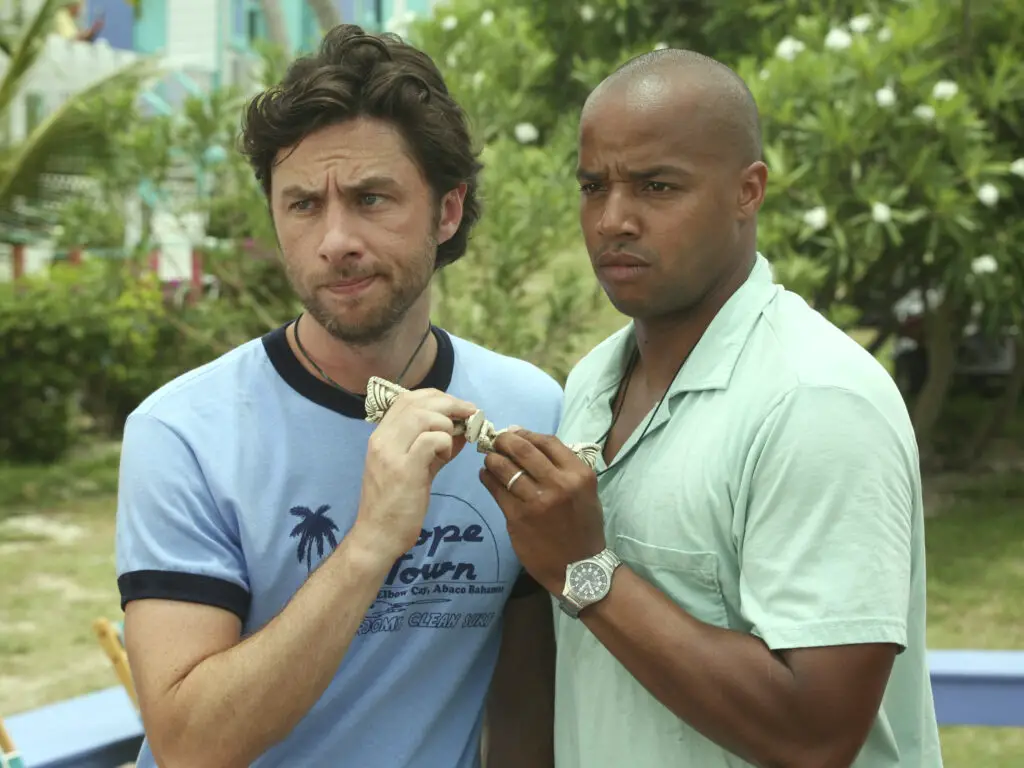
A few episodes of Scrubs featured characters in blackface, played for comedic effect during fantasy sequences. For years, it flew under the radar, but that changed in 2020 during the global reckoning on racial justice. Viewers resurfaced clips, demanding answers.
The show’s creator, Bill Lawrence, responded by pulling the episodes from streaming platforms and publicly apologizing. Zach Braff and Sarah Chalke, who appeared in those scenes, also expressed regret. It opened up a bigger discussion about race in comedy, even among shows that were otherwise progressive. The whole thing left many fans feeling conflicted.
14. The Golden Girls and the Mud Mask Mix-Up
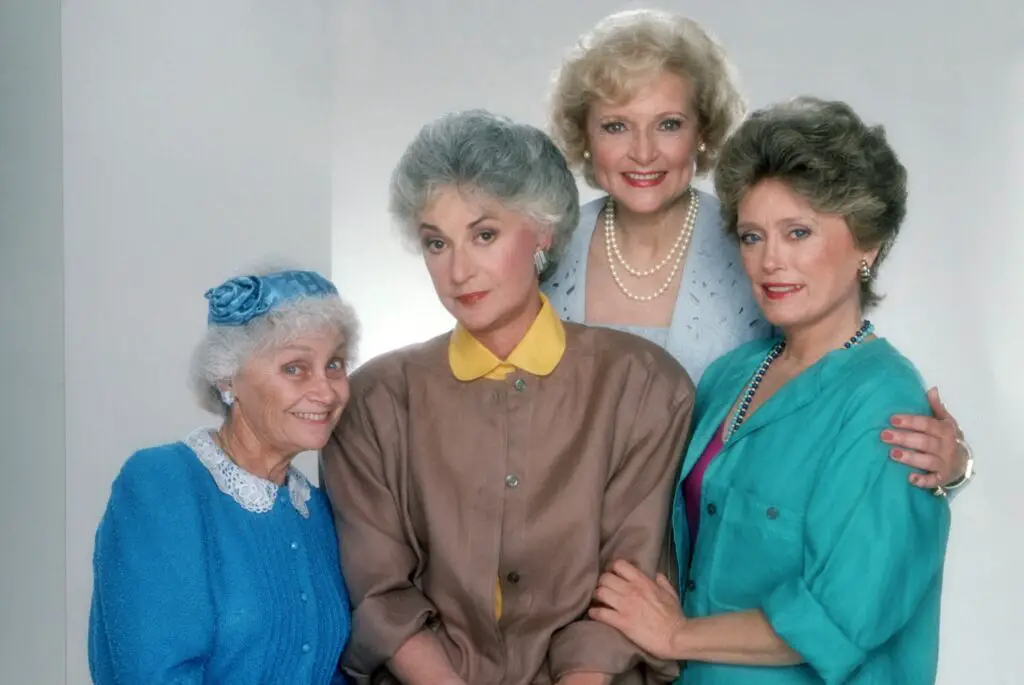
In one episode of The Golden Girls, Dorothy and Rose wear mud masks, and when they walk in on someone, the character mistakes it for blackface. The scene was meant to be a misunderstanding, but in hindsight, it didn’t sit well. It felt like it trivialized a serious issue for a quick gag.
In 2020, streaming services quietly removed the episode amid the renewed focus on racial sensitivity. Fans were split—some felt it was harmless and others agreed it was tone-deaf. Even a show as beloved as The Golden Girls wasn’t immune to missteps. It’s a reminder of how comedy evolves with time.
15. Cheers and Frasier’s Insensitive Take on Mental Health
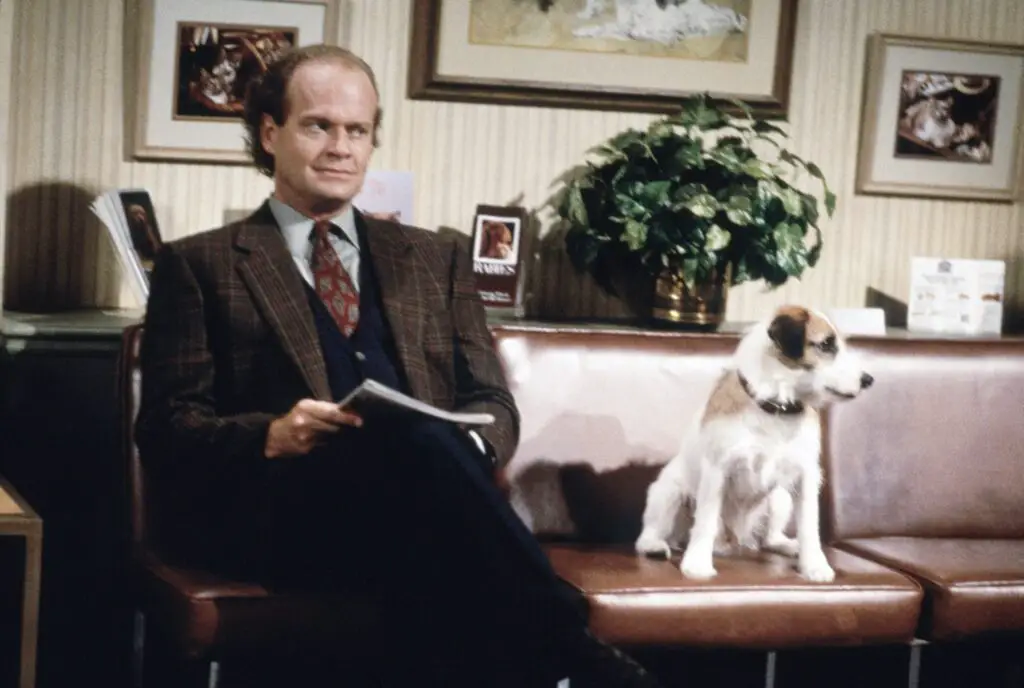
Before Frasier had his own spinoff, he was a recurring character on Cheers, and not all of his storylines were handled with care. One subplot involved Frasier’s depression after a breakup, but it was mostly played for laughs. His therapy sessions became the backdrop for jokes rather than real exploration.
Mental health advocacy wasn’t where it is today, but even back then, some people raised eyebrows. The idea that a psychiatrist would unravel so dramatically without any real support struck many as irresponsible. Later seasons tried to give the character more depth, but that early depiction stuck with some viewers. It’s one of those subtle storylines that had more impact than anyone realized.
